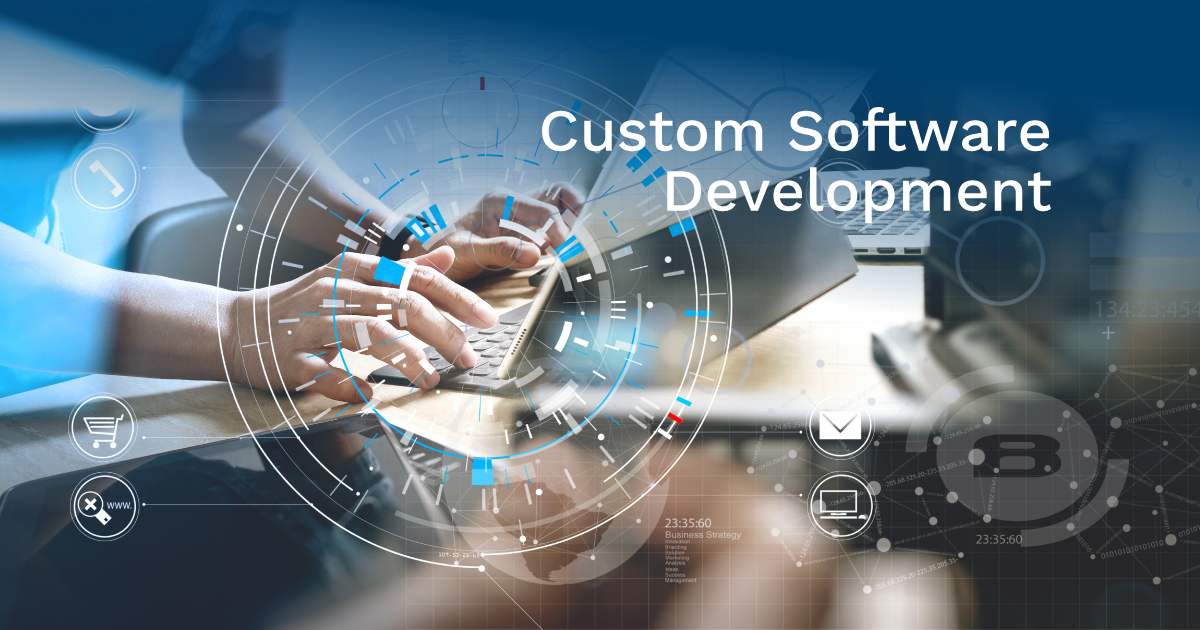
Why Every Small Business Needs HRM Software in 2025
- Book My Author
- Technology
- 2025-09-18 11:30:29
- 672K
Running a small business has never been more challenging—or more rewarding. With competition increasing and workplace dynamics evolving rapidly, small business owners are under pressure to manage operations efficiently while keeping employees engaged and satisfied. Among the many areas that demand attention, human resource management (HRM) often takes center stage.
Traditionally, small businesses relied on spreadsheets, paperwork, and manual processes to manage payroll, attendance, recruitment, and compliance. Although this approach may have been effective in the past, it is no longer sustainable in today’s fast-paced environment. This is where HRM software for small business has become a game-changer.
In 2025, adopting HRM software is not just about convenience—it’s about survival, growth, and staying ahead in a competitive marketplace.
The Changing Landscape of HR for Small Businesses
The workforce of 2025 looks very different from a decade ago. Employees expect digital-first experiences, flexibility, and efficient processes. At the same time, small businesses face increasing compliance requirements, tighter budgets, and limited HR staff.
Without the right tools, owners and managers can quickly become overwhelmed by repetitive HR tasks such as:
- Calculating payroll and deductions.
- Tracking employee attendance and leave.
- Managing recruitment and onboarding.
- Ensuring compliance with labor laws.
These tasks take away valuable time that could otherwise be spent on business growth. HRM software helps small businesses overcome these challenges by automating processes, centralizing employee data, and offering insights for better decision-making.
Why HRM Software Is Essential for Small Businesses in 2025
1. Saves Time and Increases Productivity
Small businesses often run on lean teams. With HRM software, repetitive tasks such as payroll processing, leave approvals, and performance tracking are automated. This enables business owners and managers to focus on strategic initiatives rather than administrative tasks.
2. Ensures Compliance and Reduces Risks
Compliance requirements are becoming stricter each year. From tax filings to labor law updates, it’s easy for small businesses to miss something important. HRM software provides built-in compliance features, reminders, and reports, minimizing the risk of costly penalties.
3. Improves Employee Experience
Employees today value transparency, accuracy, and self-service. With HRM software, they can access payslips, apply for leave, update personal details, and track attendance—all from a self-service portal. This not only reduces administrative work but also enhances employee satisfaction.
4. Offers Data-Driven Insights
Making decisions based on guesswork can be risky. HRM systems provide analytics and reporting tools that help small business owners track workforce trends, monitor performance, and plan better.
5. Scales with Business Growth
As your business grows, so does your workforce. HRM software is scalable, meaning you can start small and add advanced features—like performance management or AI-based recruitment—as needed.
Key Features Small Businesses Should Look for in HRM Software
Not all HRM systems are the same. When selecting one for your business in 2025, look for these essential features:
- Payroll Automation – Automatic salary calculations, tax deductions, and payslip generation.
- Attendance & Leave Tracking – Integration with biometric systems or digital check-ins.
- Employee Database Management – Centralized storage of employee details, documents, and records.
- Recruitment & Onboarding Tools – To streamline hiring and make onboarding seamless.
- Performance Management – Goal-setting, appraisals, and feedback systems.
- Employee Self-Service Portal – To empower employees and reduce admin workload.
- Cloud Accessibility – Secure, anytime-anywhere access for managers and employees.
The Benefits of HRM Software in 2025
The advantages of adopting HRM software go beyond efficiency. Here’s how small businesses benefit in the long run:
- Reduced Costs: By eliminating manual errors and minimizing compliance risks, businesses save money.
- Enhanced Security: Cloud-based HRM software ensures employee data is protected with encryption and role-based access.
- Employee Engagement: Transparent systems build trust and improve morale.
- Strategic HR: With automation handling routine tasks, small business leaders can focus on building company culture and long-term growth.
The Role of Technology and AI in HRM
One of the most exciting trends in 2025 is the role of AI and automation in HRM software. Small businesses now have access to advanced tools once reserved for large corporations, including:
- AI-powered recruitment to screen resumes and shortlist candidates faster.
- Automated learning paths to help employees upskill.
- Smart analytics to predict workforce needs and reduce turnover.
- Chatbots to assist employees with common HR queries.
This means that even with limited staff, small businesses can deliver enterprise-level HR experiences.
Choosing the Right HRM Software
With so many solutions available, selecting the right HRM software can feel overwhelming. Here are some tips for small business owners:
- Define Your Needs: Decide whether you need payroll, recruitment, performance management, or all of them.
- Check Scalability: Pick software that grows with your business.
- Focus on User Experience: Choose an intuitive system that employees can use without extensive training.
- Evaluate Costs: Subscription-based models are affordable and flexible for small businesses.
- Test Customer Support: Reliable support is crucial for smooth implementation and use.
Conclusion
In 2025, HRM software is no longer optional for small businesses—it’s essential. It empowers small business owners to manage people efficiently, stay compliant, and improve employee satisfaction while freeing up valuable time for growth-focused activities.










